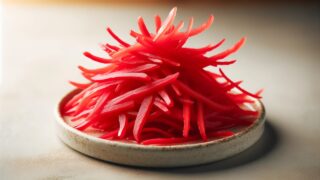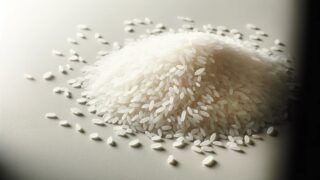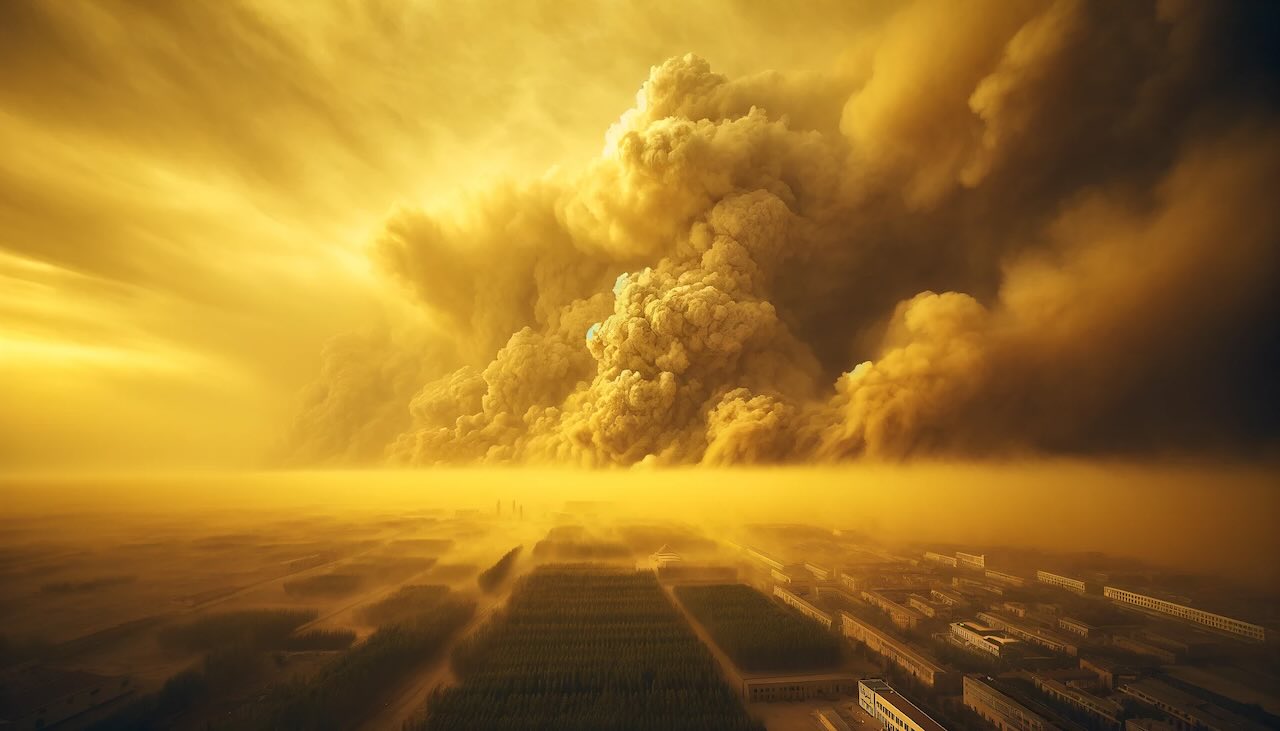Every spring, a phenomenon known as Asian dust affects various parts of East Asia, including Japan, South Korea, and North Korea. This dust, which originates from the arid and semi-arid regions of China and Mongolia, can have significant impacts on human health. In this article, we will explore the origins of Asian dust, its potential health effects, and the steps you can take to protect yourself.
What is Asian Dust and Where Does it Come From?
Asian dust, also known as yellow dust or yellow sand, is a meteorological phenomenon that occurs when fine dust particles from the deserts of China and Mongolia are lifted into the atmosphere by strong winds. These particles, which can be as small as 2.5 micrometers in diameter (PM2.5), are then carried eastward by prevailing winds, affecting various countries in East Asia.
The primary sources of Asian dust are the Taklamakan Desert, Gobi Desert, and Loess Plateau in China and Mongolia. Desertification and land degradation in these regions have exacerbated the problem in recent years, leading to more frequent and intense dust events.
Health Effects of Asian Dust
Exposure to Asian dust can have various health effects, primarily affecting the respiratory system. The fine dust particles can irritate the airways and exacerbate pre-existing respiratory conditions such as asthma, bronchitis, and allergies. Some of the most common health effects associated with Asian dust include:
- Coughing and wheezing
- Sore throat and nasal congestion
- Eye irritation and conjunctivitis
- Aggravation of cardiovascular diseases
Vulnerable populations, such as children, the elderly, and those with chronic respiratory illnesses, are at a higher risk of experiencing adverse health effects from Asian dust exposure.
Prevention Strategies and the Effectiveness of Masks
To protect yourself from the harmful effects of Asian dust, there are several prevention strategies you can adopt:
- Wear a face mask when outdoors, especially on days with high dust levels
- Stay indoors and keep windows and doors closed during dust events
- Use an air purifier with a HEPA filter to remove dust particles from indoor air
- Wash your hands and face frequently to remove dust particles
One of the most common and effective prevention methods is wearing a face mask. While regular surgical masks can provide some protection against larger dust particles (PM10), they are not as effective against smaller particles like PM2.5. For optimal protection, it is recommended to use masks specifically designed to filter out PM2.5, such as N95 or KN95 respirators.
Staying Informed About Asian Dust Events
To stay informed about Asian dust events and take appropriate precautions, it is important to monitor air quality reports and weather forecasts. Many countries in East Asia have dedicated agencies that provide real-time information on air quality and issue warnings when dust levels are expected to be high. By staying informed and taking preventive measures, you can minimize your exposure to Asian dust and protect your health.
Conclusion
Asian dust is a recurring environmental hazard that can have significant impacts on human health, particularly for those with pre-existing respiratory conditions. By understanding the origins and health effects of Asian dust, and adopting appropriate prevention strategies such as wearing face masks and monitoring air quality reports, you can protect yourself and your loved ones from the harmful effects of this phenomenon.



















![[Flax] KF94マスク 飛沫防護 使い捨て東レ製 不織布4層フィルターマスク 黄砂対応 日本国内検品済 BFE.PFE.VFE試験済 個別包装 男女兼用 正規品 韓国製 ((01)ホワイト20枚)](https://m.media-amazon.com/images/I/41I6zk2W32L._SL160_.jpg)

